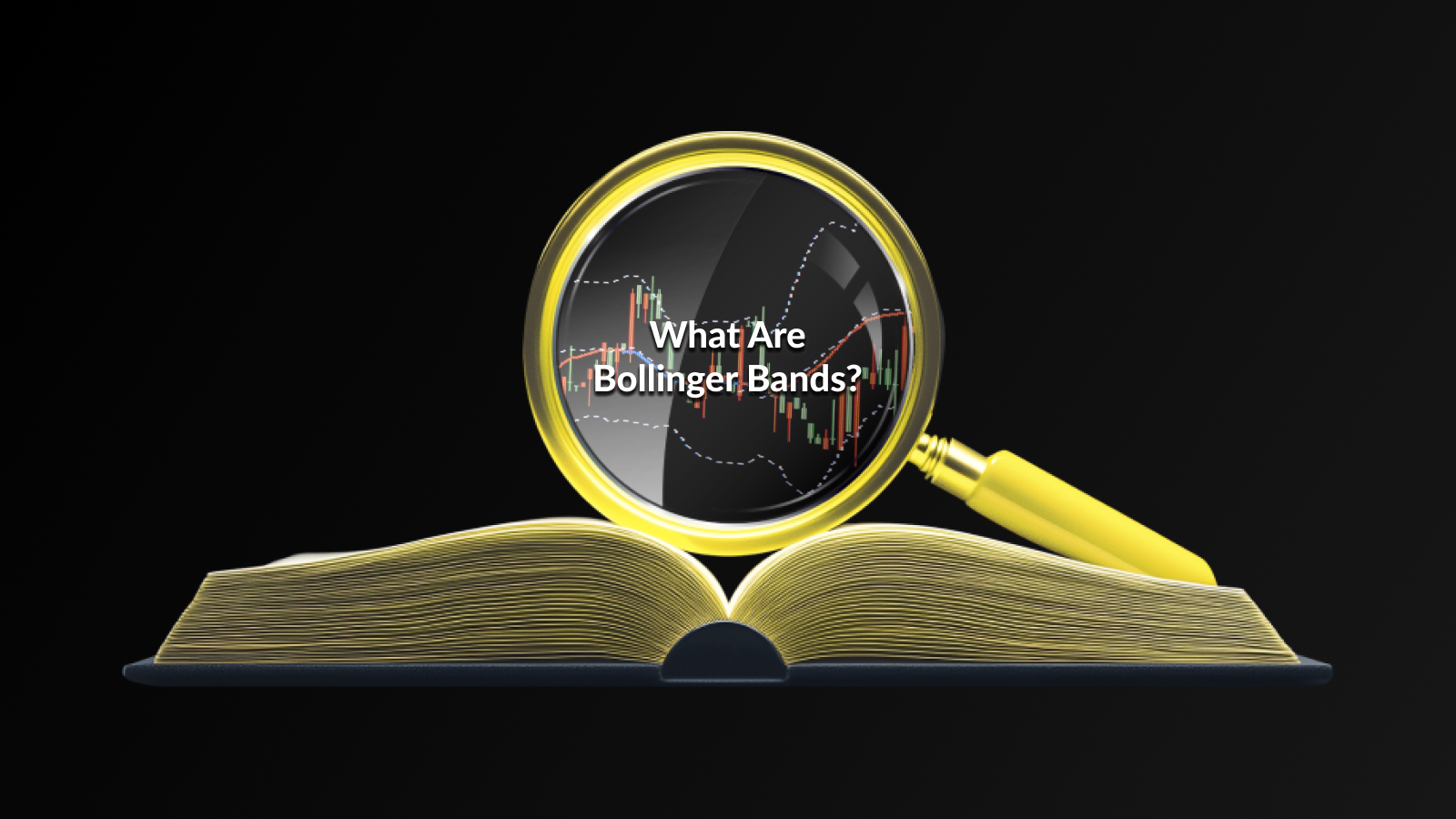How to Use Bollinger Bands in Crypto Trading
In crypto trading, Bollinger Bands are employed to assess price volatility and identify potential trading signals. Traders utilize these bands to make informed decisions on when to enter or exit positions. The bands consist of a middle line, which is the simple moving average (SMA), and two outer bands that reflect price volatility.
When the price approaches the upper band, it often indicates that the cryptocurrency is overbought, suggesting a potential price retracement. Conversely, when the price nears the lower band, it may signal that the asset is oversold, indicating a possible reversal or buying opportunity.
Moreover, traders frequently look for ‘squeeze’ patterns, where the bands narrow, indicating a period of low volatility followed by a potential breakout. This pattern can be a strong indicator for entering a trade, as significant price movements often follow periods of consolidation.
It’s also essential for traders to combine Bollinger Bands with other technical indicators, such as volume analysis or momentum indicators, to create a comprehensive trading strategy. This multi-faceted approach allows for heightened accuracy and more reliable predictions.
Practical Tips for Using Bollinger Bands in Cryptocurrency
When incorporating Bollinger Bands into your cryptocurrency trading strategy, several practical tips can enhance your trading experience. First and foremost, it’s crucial to analyze the market’s volatility. Bollinger Bands consist of a moving average and two standard deviations, which effectively adjust to price fluctuations. Therefore, keeping an eye on how close the price is to the upper or lower bands can provide insight into market behavior.
Another key tip is to combine Bollinger Bands with other indicators. For example, using the Relative Strength Index (RSI) alongside Bollinger Bands can help confirm potential buy or sell signals. When the price touches the upper band accompanied by an RSI reading above 70, it may indicate an overbought market, signaling a potential sell opportunity.
Additionally, it’s advisable to set alerts for significant price movements near the bands. Many trading platforms allow users to create custom alerts when prices cross certain thresholds. This proactive approach can help traders seize opportunities in real-time, minimizing the chance of missing profitable trades.
Always apply risk management techniques when trading with Bollinger Bands. Since the cryptocurrency market can be highly volatile, it’s recommended to define your risk tolerance levels and position sizes beforehand. By doing so, you’ll be better positioned to handle potential losses while capitalizing on market opportunities.
Advantages and Limitations of Bollinger Bands
Bollinger Bands offer several advantages for traders looking to enhance their analysis of market volatility. One significant benefit is their ability to visually represent price volatility, making it easier for traders to identify periods of low and high volatility. This aids in timing entry and exit points more effectively.
Another advantage is that Bollinger Bands can help in spotting potential reversal points. When the price approaches the upper band, it may indicate overbought conditions, while touching the lower band may signal oversold conditions. This can be particularly useful in a volatile crypto market where rapid price swings are common.
However, it’s essential to acknowledge the limitations of Bollinger Bands. Relying solely on these indicators can lead to false signals, especially during strong trending markets where price can remain near the upper or lower band for extended periods without reversing. This characteristic can lead to potential losses if traders do not combine Bollinger Bands with other strategies or indicators.
Furthermore, the effectiveness of Bollinger Bands can vary depending on the asset being analyzed. For some cryptocurrencies, the bands may generate less reliable signals than for more stable assets, leading to a need for traders to conduct thorough market research and analysis.
Conclusion
The utilization of Bollinger Bands can significantly enhance trading strategies in the cryptocurrency market. By providing valuable insights into price volatility, these bands equip traders with the necessary tools to identify potential entry and exit points.
Understanding how to interpret the behavior of Bollinger Bands can lead to more informed decision-making and potentially better trading outcomes. As with any trading strategy, it’s essential to combine this technique with other indicators and sound risk management practices.
While Bollinger Bands offer distinct advantages, such as visual clarity in market trends, it’s crucial to remain aware of their limitations. A holistic approach that includes thorough analysis and continued education can pave the way for success in the ever-evolving landscape of cryptocurrency trading.
As you explore using Bollinger Bands, remember to integrate them effectively within your broader trading strategy, allowing for adjustments based on individual trading styles and market conditions.
Frequently Asked Questions
What are Bollinger Bands?
Bollinger Bands are a technical analysis tool that consists of three lines: a simple moving average in the middle, and two outer bands that are standard deviations away from the moving average. They help traders identify volatility and price levels.
How are Bollinger Bands calculated?
Bollinger Bands are calculated by first determining the simple moving average (SMA) of a stock’s price over a specified period. The upper band is the SMA plus two standard deviations, while the lower band is the SMA minus two standard deviations.
What do the different positions of the bands indicate?
When the bands are close together, it indicates low volatility and potentially a market consolidation. When the bands widen, it signals increased volatility and a potential price movement.
How can traders use Bollinger Bands in their strategies?
Traders often use Bollinger Bands to identify potential buy or sell signals. A price touching the lower band may suggest a buying opportunity, while a price nearing the upper band might indicate a sell signal.
Are Bollinger Bands suitable for all types of markets?
Bollinger Bands can be applied to various types of markets, including stocks, futures, and forex. However, they are most effective in trending markets where volatility is clearer.
What are some common misconceptions about Bollinger Bands?
A common misconception is that touching the bands guarantees price reversals. While they can indicate potential reversals, it is crucial to use them in conjunction with other indicators for confirmation.
Can Bollinger Bands be used in conjunction with other technical indicators?
Yes, many traders use Bollinger Bands alongside other technical indicators, such as the Relative Strength Index (RSI) or Moving Average Convergence Divergence (MACD), to enhance their trading strategies and confirm signals.
Disclaimer
The information provided in this article is for educational and informational purposes only and should not be considered as financial advice. Trading cryptocurrencies involves significant risk, and the use of Bollinger Bands or any other technical indicators does not guarantee successful trades. It is crucial to conduct thorough research and consider your individual financial situation before making any investment decisions.
Readers are encouraged to consult with a qualified financial advisor or conduct their due diligence before engaging in cryptocurrency trading. The authors and publishers of this content shall not be held liable for any losses or damages arising from the use of this information.
It is important to remember that past performance is not indicative of future results, and market conditions can change rapidly. Always trade responsibly and follow good risk management practices.





